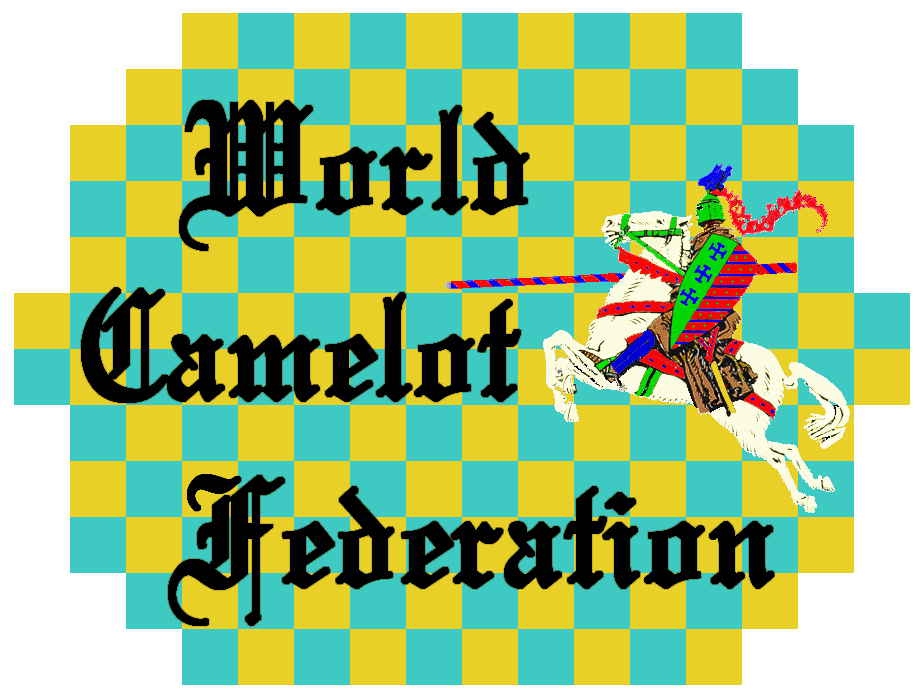
|
|
|
|
CAM
Cam, released by Parker Brothers in 1949, is a down-sized version of Camelot.
Cam is different than Camelot in the following ways: 1. The Cam board has 67 squares. The Camelot board has 160 squares. 2. Each side in Cam has two Knights and five Men. Each side in Camelot has four Knights and ten Men. 3. The object of Cam is to get one piece into the opponent's Castle. The object of Camelot is to get two pieces into the opponent's Castle. 4. Victory in Cam also occurs if one side, even with only one remaining piece, captures all of the opposing pieces. In Camelot, if the side capturing all of the opposing pieces has only one remaining piece, the game is a draw. Victory in Camelot by capture of all of the opposing pieces occurs only if the victorious side has two or more remaining pieces. 5. Stalemate in Cam is impossible. Stalemate in Camelot is possible, and is a victory for the stalemating side if it has two or more pieces. 6. In Cam, if both sides have only one remaining piece, the game continues until one piece captures the other, or one piece enters the opposing Castle. In Camelot, if both sides have only one remaining piece, the game is a draw.
Follow the links below to learn more about this variant.
|